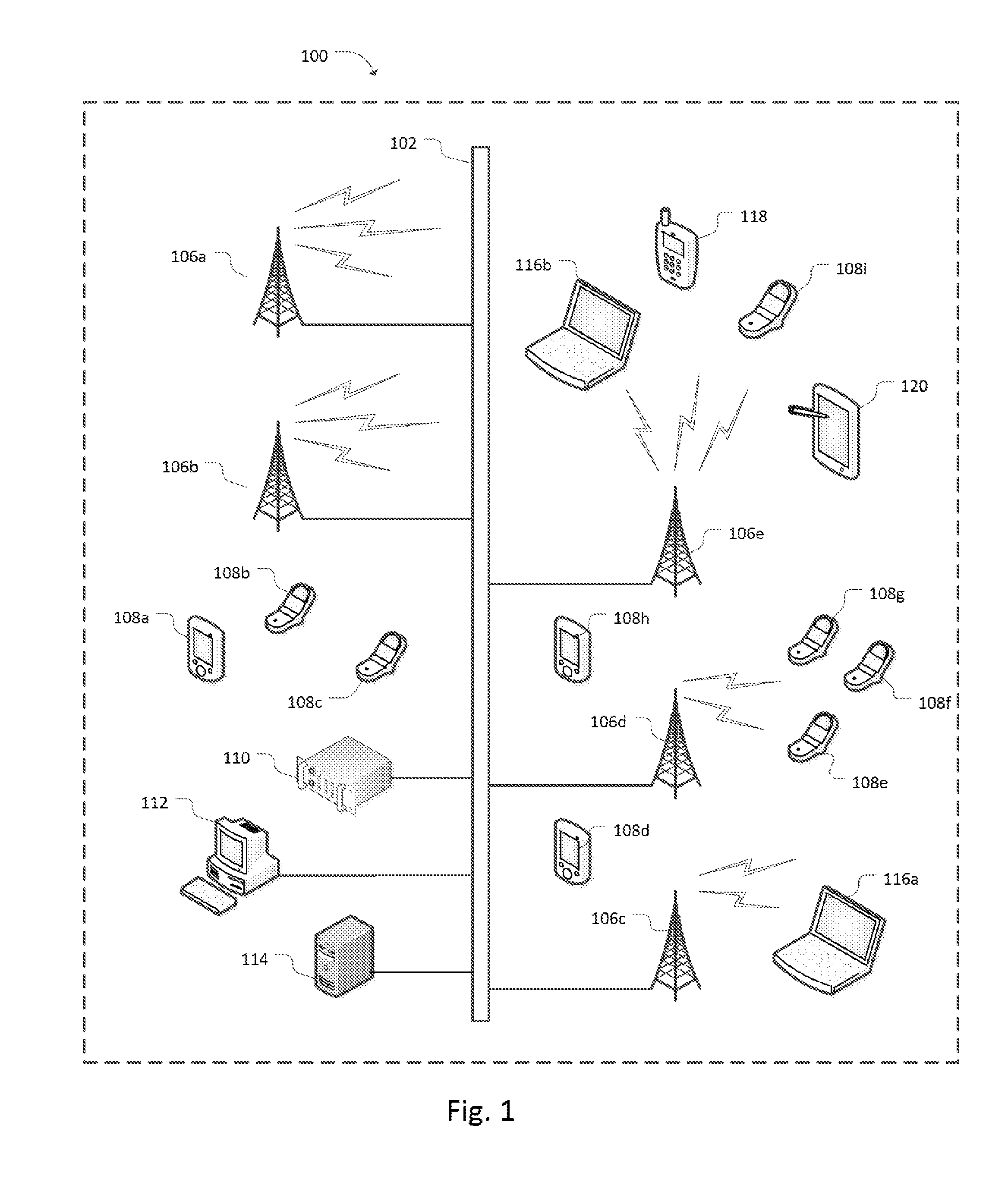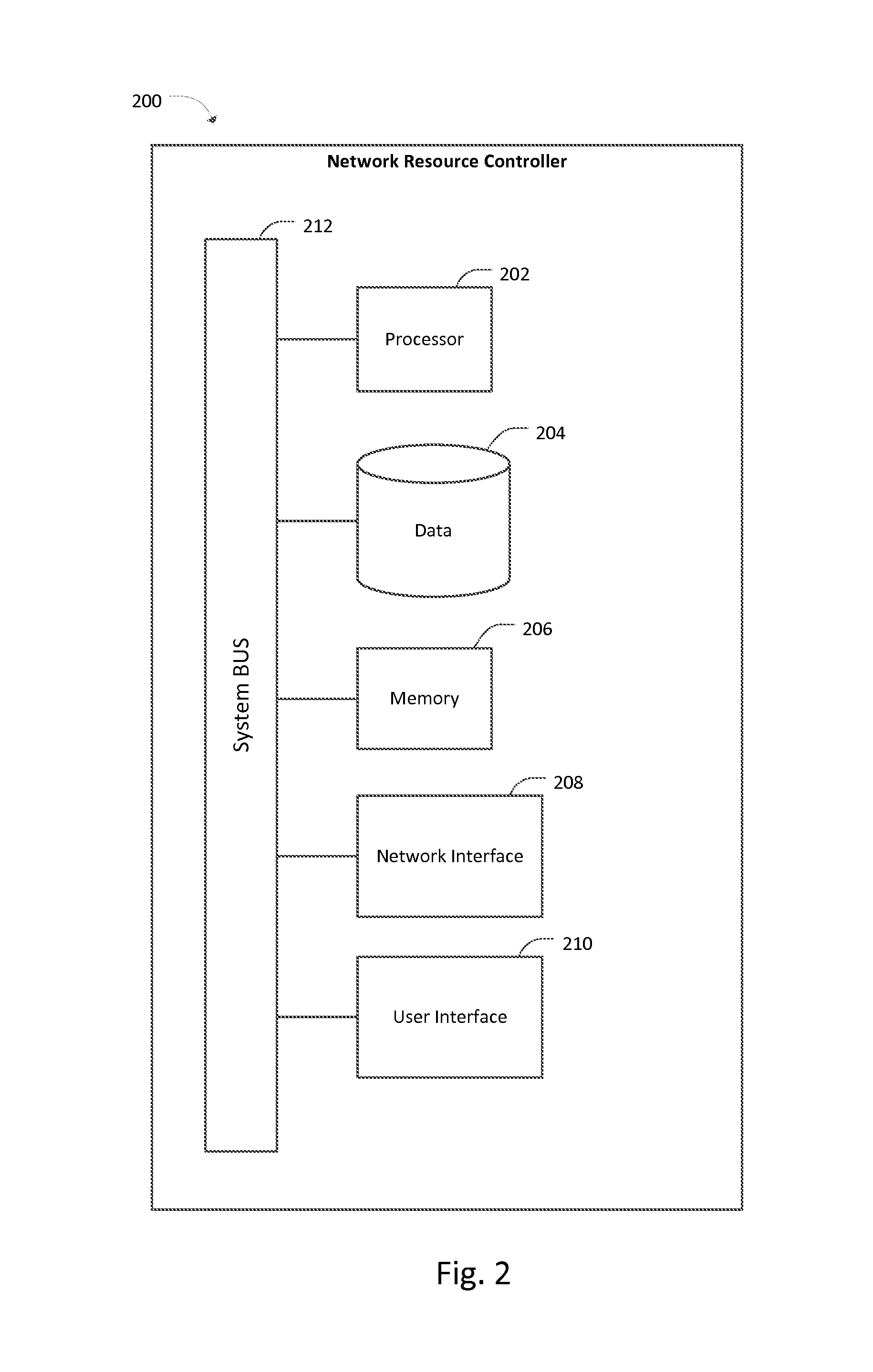Automatic identification of clustered near neighbor cells in wireless networks
a wireless network and clustering technology, applied in wireless communication services, wireless commuication services, electrical equipment, etc., can solve the problems of excessive interference, poor performance, and limited utility of neighbor cell lists beyond the scope of the application
- Summary
- Abstract
- Description
- Claims
- Application Information
AI Technical Summary
Benefits of technology
Problems solved by technology
Method used
Image
Examples
Embodiment Construction
[0031]Embodiments of the present invention relate to local cluster information for a reference cell in a cellular network. A reference cell is defined to be any cell in a wireless cellular network that may have associated with it a group of cells that collectively with the reference cell form a local cluster. Each cluster has a unique reference cell. The local cluster information includes cells that are relevant to optimization and maintenance operations for the reference cell. A list of relevant cells may be referred to as a local cluster list. Local cluster information may be stored in the local cluster list, and may include information relating to the reference cell as well. The local cluster list can be embodied on a non-transitory computer readable medium including a system memory, which in turn may be a component in a networked computer system. The contents of a local cluster are defined in part by processes described herein.
[0032]Local cluster information can be useful to a t...
PUM
 Login to View More
Login to View More Abstract
Description
Claims
Application Information
 Login to View More
Login to View More - R&D
- Intellectual Property
- Life Sciences
- Materials
- Tech Scout
- Unparalleled Data Quality
- Higher Quality Content
- 60% Fewer Hallucinations
Browse by: Latest US Patents, China's latest patents, Technical Efficacy Thesaurus, Application Domain, Technology Topic, Popular Technical Reports.
© 2025 PatSnap. All rights reserved.Legal|Privacy policy|Modern Slavery Act Transparency Statement|Sitemap|About US| Contact US: help@patsnap.com



